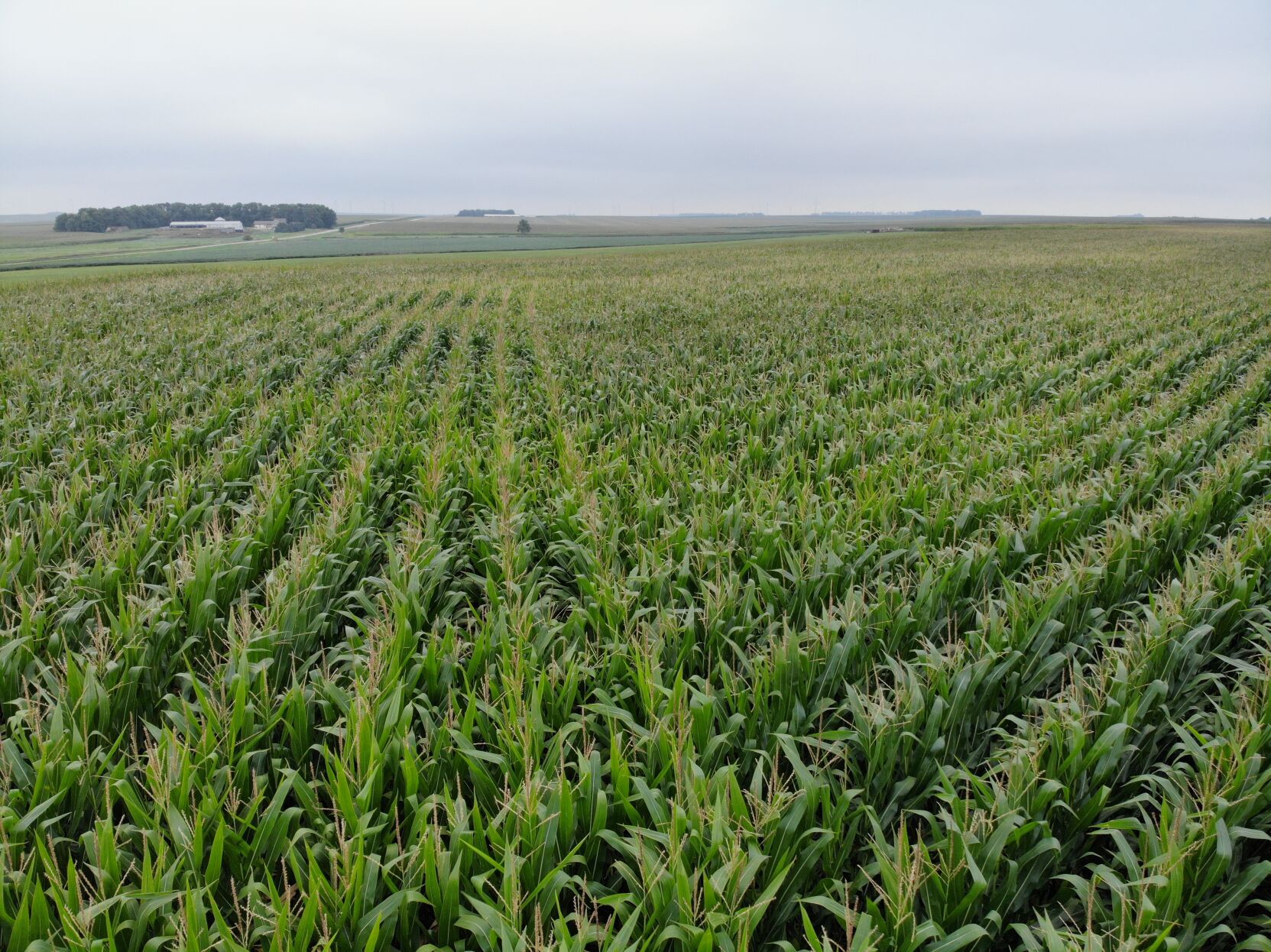Slight corn changes, soy up, wheat uncertain in May WASDE

The May 12 World Agricultural Supply and Demand Estimates showed little change in the corn balance sheet from the previous WASDE, but soybeans and wheat told a different story.
The report was the first WASDE to offer a mix of old and new crop estimates, and to take account of the disruptions of the war in Ukraine to world crop production.
The May estimates were the first to report the U.S. Department of Agriculture’s 2022-23 U.S. corn outlook; it calls for lower production, domestic use, exports, ending stocks, and higher prices. The corn crop was projected at 14.5 billion bushels, down 4.3% from last year. The corn yield was projected at 177 bushels per acre—still a record yield, but 4 bushels below the weather-adjusted trend presented at USDA’s Agricultural Outlook Forum in February.
The very slow start to this year’s planting in the major corn producing states and the likelihood that progress by mid-May will remain well behind normal reduce yield prospects. Only 22% of corn acreage had been planted by May 8. The pace of planting will be greatly affected by rainfall. Despite beginning stocks that are up compared to a year ago, total corn supplies are forecast to decline 2.7% to 15.9 billion bushels, the USDA said.
World corn ending stocks to usage stood at 9%; James Mintert, executive director of the Center for Commercial Agriculture at Purdue University, rates anything below 10% as “tight.” He said the real figure could be even tighter than the USDA’s figure, if the Brazil corn estimates prove to be too high. Ukraine corn production usually represents 15% of world ending stocks, and most of its corn is stuck in the bins, except for what has been seized by invading Russian forces. Ukraine corn production is down 50% as the country struggles to export by rail only.
Market wants corn
The WASDE called for U.S. corn use in 2022-23 to fall 2.5% on declines in domestic use and exports. It forecast food, seed and industrial use to remain virtually unchanged at 6.8 billion bushels. Corn used for ethanol was unchanged relative to a year ago on expectations of flat U.S. motor gasoline consumption.
But is the USDA correct? Mintert reported that despite high corn prices, ethanol production and demand remain strong at refineries in Indiana and Illinois. Because of the continued high prices and demand, “It’s a good time to start marketing” stored corn, he said.
Purdue agricultural economist Nathan Thompson said corn basis opportunities at river terminals “are still positive, although not as good as last fall.”
Agricultural economist Michael Langemeier summed it up; “The market is telling us it wants corn,” and said it reminded him of the 2011 market.
Soybean balance sheet
The WASDE increased the export forecast for soybeans for 2022-23 by 25 million bushels and projected a new total of 2.14 billion bushels. The USDA held Brazil’s soybean harvest at 125 million metric tons—higher than previous estimates, and higher than some private analysts rate it. It reduced Argentina’s soy harvest estimates by 42 million metric tons, versus 43.5 million last month. Much of South America has been suffering from dry conditions.
The world stock-to-usage ratio for soybeans stood at 6.7%—"still tight,” according to Mintert, and he expects ending stocks to fall below 200 million bushels by year’s end. He remarked much of the strong demand for soybean oil came from renewable diesel. Thompson noted soybean processors continue to have strong margins despite high soybean prices. “People are looking for beans and can’t find them,” he said. Mintert said the demand represented a “tug of war between exporters and processors” to find available beans.
Wheat prices up, stocks and exports down
The WASDE reported that the outlook for U.S. 2022-23 wheat was for reduced supplies, exports, domestic use stocks, and higher prices. U.S. 2022-23 wheat supplies were projected down 3%, as lower beginning stocks more than offset a larger harvest.
All wheat production for 2022-23 is projected at 1,729 million bushels, up 83 million from last year, as higher yields more than offset a slight decrease in harvested area. The all-wheat yield, projected at 46.6 bushels per acre, is up 2.3 bushels from last year.
The first survey-based forecast for 2022-23 winter wheat production is down 8% from last year as lower hard red winter and soft red winter production more than offset an increase in white wheat production. Abandonment for winter wheat is the highest since 2002, with the highest levels in Texas and Oklahoma.
Spring wheat production for 2022-23 is projected to rebound significantly from last year’s drought-reduced hard red spring and durum crops primarily on return-to-trend yields.
Sign up for HPJ Insights
Our weekly newsletter delivers the latest news straight to your inbox including breaking news, our exclusive columns and much more.
David Murray can be reached at [email protected].



